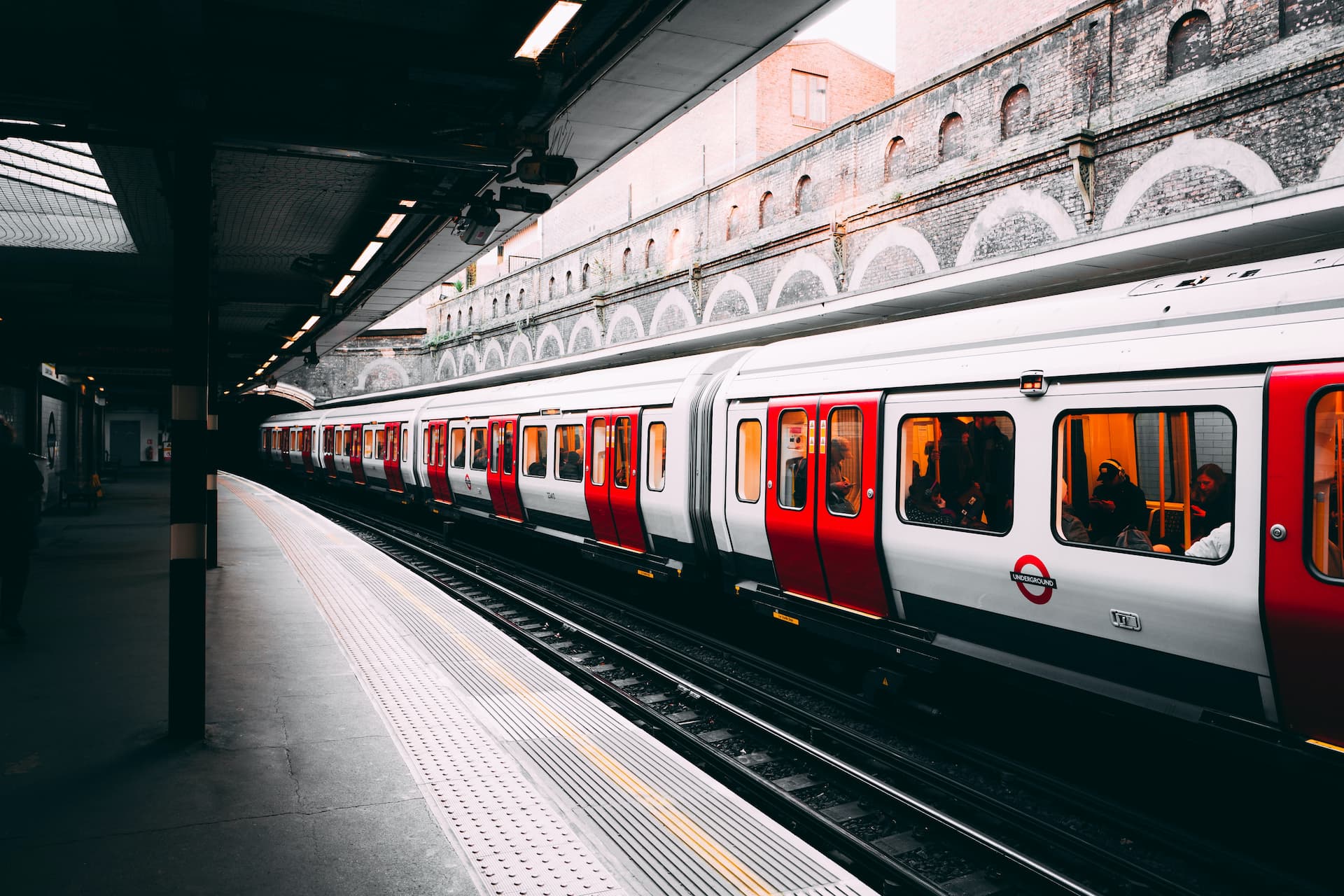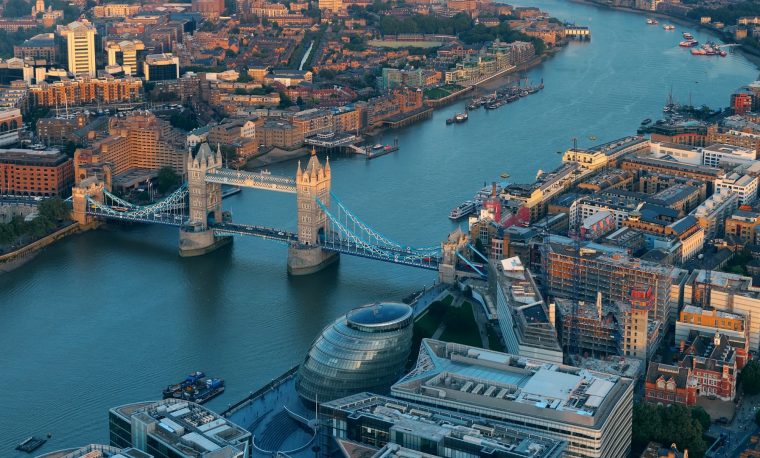Professor David Veale discusses the rise in public transport anxiety, for Londonist
Professor David Veale, a consultant psychiatrist at Nightingale Hospital, recently spoke about the rise in public transport anxiety for Londonist.
London is a city severely affected by anxiety; one major survey* found that 41.3% of Londoners suffer from high levels. As for taking public transport in London; that can create something of a perfect anxiety storm — especially with the emergence of the COVID-19 pandemic.
Londonist reached out to Professor David Veale to discuss the effects that taking the tube, train or bus can have on Londoners, and what can be done to help ourselves and others.
The original Q&A is shared below.
Does living in a busy, noisy, expensive city like London mean the likelihood of anxiety cases among the population is higher?
In the ONS Annual Population Survey (2013), it was suggested that lots of factors contribute to the high levels of anxiety reported by Londoners. These include the high crime rates and high population growth seen in London.
Generally, the prevalence of anxiety disorders is higher in those living in urban areas compared to those in rural areas. A study by Chan et al. (2021) found that living density in Hong King was significantly associated with anxiety. This was found even after controlling for demographic factors, including income, housing ownership and housing cost.
Anxiety is also higher where there are higher levels of noise pollution (Sahmurova et al., 2018), and an association between traffic noise specifically and the severity of anxiety (Lan et al., 2020).
How can public transport exacerbate anxiety?
A study by Kim & Gustafson-Pearce (2016) investigated the factors which induced anxiety on the London Underground. The top 3 anxiety-inducing factors were found to be anti-social behaviour, overcrowding, and high levels of noise.
Cox et al. (2006) found that when using public transport, especially during peak times, overcrowding and high levels of noise can both exacerbate anxiety.
There is, however, a difference between passenger density (the objective number of people within a specific area) and crowding (the perceptual phenomenon, which cognitive, social and environmental factors contribute to). In this same study, the researchers propose that both play a role in increased stress and anxiety on public transport.
Are Londoners more likely to be anxious about public transport since the pandemic?
Anxiety in general has most certainly increased during the pandemic. Two longitudinal studies by Kwong et al. (2021) found that reports of anxiety almost doubled during the pandemic, relative to before the pandemic.
A survey by Transport Scotland in June 2020 found that individuals were less likely to use public transport despite the ease in restrictions, due to concerns about COVID-19.
81% of those surveyed were very or fairly concerned about contracting or spreading the virus whilst using public transport, and 78% were very or fairly concerned about being able to maintain a 2m distance from other passengers when using public transport.
What kind of new transport anxieties are there for passengers in 2021?
Almost 18 months into the COVID-19 pandemic, there is still generally increased risk of infection on public transport relative to other transport methods or staying at home. Overcrowding and not being able to socially distance from other passengers on public transport remains highly common anxiety for many commuters.
Moreover, although wearing a mask is currently a condition of carriage for passengers using public transport in London, many commuters have adopted a relaxed approach to this rule, with many refusing to wear masks. Siwan Hayward, TfL’s director of compliance recently acknowledged that “compliance was beginning to fall.”
Coupled with the fact that there seems to be less policing of this mandate, this can create distress and sometimes anger amongst passengers who are still wearing face coverings in public.
Aside from COVID-19, there’s been an increase in awareness of physical safety risks due to numerous violent attacks (specifically on women) receiving lots of media coverage. Socio-economic factors can play a key part in relation to safety. Women who do not own cars and who are not in a financial position to take taxis are reliant on public transport.
Night tube and bus services have still not resumed normal pre-COVID functioning, which contributes to increased anxiety at night for many people.
What are a few things you can do to prepare against anxiety/panic attacks on public transport?
There are many things that are not in your control on public transport, especially if you must travel at busy or noisy times. For individuals prone to anxiety and panic attacks using public transport, you could consider alternative transport, such as walking, cycling, using taxis, or travelling during off-peak times.
In addition, grounding techniques have been said to help some people suffering from panic attacks.
Techniques include:
• Breathing in and out deeply, focusing on each breath
• Picking up or touching items near you and focus on how they feel
• Stamping on the spot may help control your breathing
And what’s your advice to someone who’s experiencing bad anxiety/a panic attack on public transport?
If you are having panic attacks on public transport, I’d encourage you to seek a psychiatric or psychological assessment, so an expert can work with you to understand the root of the problem you are experiencing.
Anxiety and panic disorders can both be extremely debilitating conditions and interfere with a person’s ability to carry about their normal day.
An assessment with a professional will also provide the best course of treatment. Cognitive behavioural therapy (CBT) can help people that suffer from anxiety and panic disorders, by helping them face their fears and learn to tolerate uncertainty.
How can fellow passengers help others who are experiencing this?
By asking if they would like any help! If you notice a fellow commuter in distress on the tube, asking them carefully if they need any assistance is a great first step.
Some things have already been done to help anxious Londoners, for instance, the ‘anxiety map’ and these recent mindfulness DLR carriages. What else could be done?
Although the mindfulness DLR carriages are a good step towards acknowledging anxiety and other mental health problems and the toll this can take on commuters, it is very difficult to achieve mindfulness on a carriage if you are highly anxious.
Training for TFL staff is critical on how to best support anxious passengers, particularly if passengers are experiencing panic attacks or very high anxiety.
Can public transport conversely be an antidote to anxiety – somewhere that people feel safe, connected and among others?
Definitely. A prime example of this would be the reinstatement of the night tube, providing a safer way for people to return home during the night. In this instance, public transport can provide a sense of security, particularly for women.
Related Conditions
Treatment approaches
Relevant specialists
-

Professor David Veale
Lead consultant for OCD and related disorders at Nightingale Hospital
People stories
-

OCD unit testimonials







